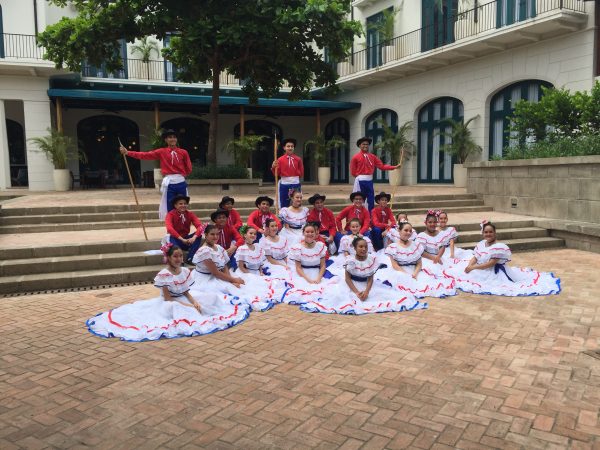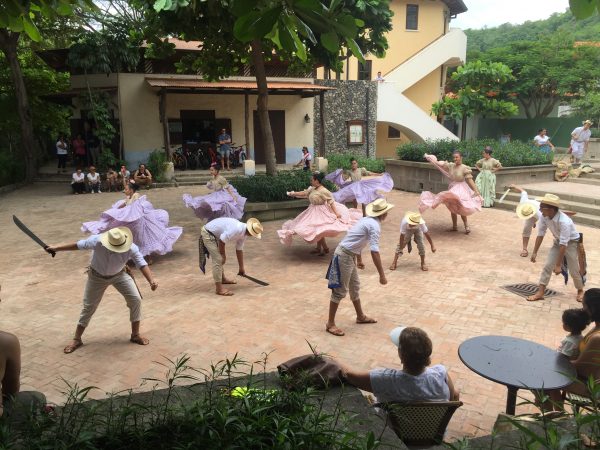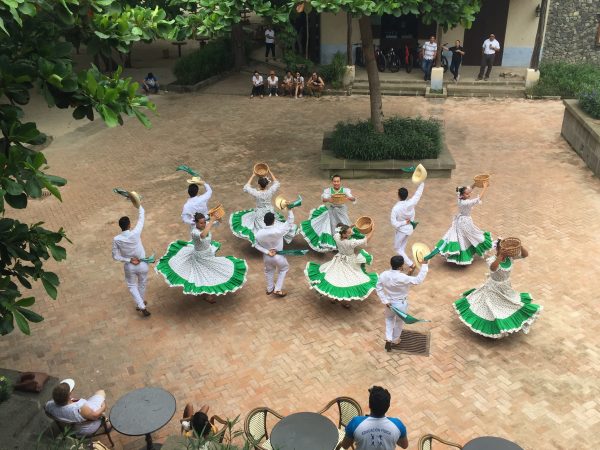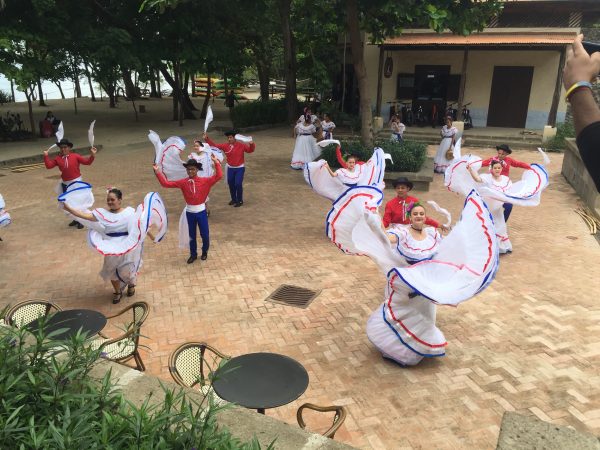Friday, July 26th, 2019.
In this Daily: Guanacaste Day Celebrations and A Look at Traditional Costa Rican Culture
Yesterday was El Día de la Anexión del Partido de Nicoya, or as it’s often known around the country, el día de la Anexión. Walking around town, you could see the signature white, blue, and reds of the Costa Rican flag taking many forms as town celebrated the pride of Guanacaste.
At Copper & Stone, the team was dressed for the occasion and served sopa de maíz, a traditional dish. Down on the beachfront at Limonada, the team began the first of their three-meal celebration of Guanacaste cuisine, an event that continues tonight and Saturday for those who missed it.
One of the biggest events of Guanacaste Day was the performance of traditional dances by the dance troupe from CPT Nicoya. Made up of young students from all around the Nicoya peninsula, the troupe performed the same traditional dances that would be performed all around the country, which look at the history and culture of the country through a number of different performances.

Traditional Dances: A Glimpse into Costa Rican Culture and History
The most immediately recognizable element of the CPT Nicoya dance troupe was their iconic Costa Rican dress. For the young women, vibrantly colored flowing skirts are an important feature of much of the dance, complemented by elegant ruffled blouses, and hair braided with flowers. For the young men, the classic chonete (wide-brimmed canvas hat) and colorful handkerchief complemented long shirts and pants -- often a pure white, but richly colored for other dances like the one above.

Each dance celebrated different aspects of Costa Rican culture and history. There is a strong agricultural history in Costa Rica, and parts of the dances gave homage to the campesinos, who work the land. Throughout the dances, the crowd would often join in with the unmistakable grito guanacasteco, a loud call that was historically used as a signal to communicate over great distances. It’s still used frequently in farms, for times like herding cattle when handsfree, instant communication is vital, but it also serves as a call of encouragement and celebration that draws from Guanacaste’s roots.
The final dance was an homage to the rich tradition of the Nicoya part as a member of Costa Rica, with dancers decorated in the iconic white, red, and blue of the Costa Rican flag, in a joyful celebration.
See below for more photos of this celebration of Guanacaste History and Costa Rican culture.

